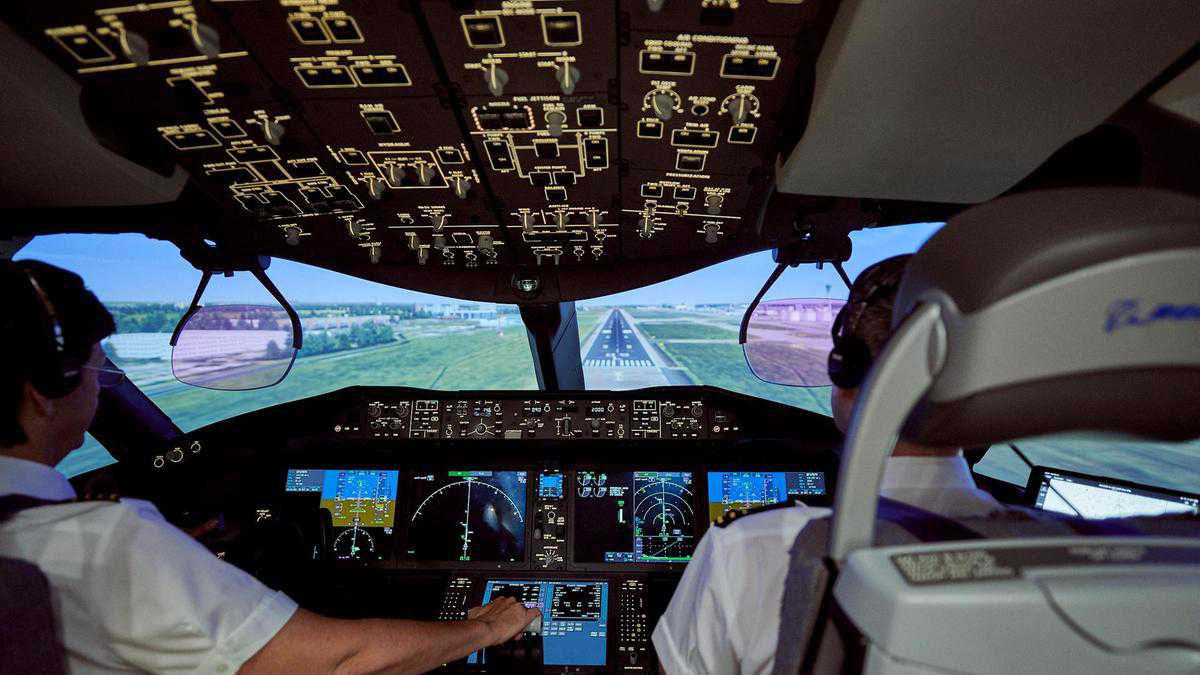World's longest flight takes off: non-stop London to Sydney
14 November, 2019

The world’s longest flight has departed from London Heathrow bound for Sydney Airport.
The flight is the second of Qantas’ research flights designed to explore the effects of jet lag over longer distances.
The London to Sydney flight is the longest in the world in terms of distance. Flight time is expected to be just over 19 hours, similar to Qantas’ first research flight that flew from New York to Sydney four weeks ago.
The London to Sydney flight is 1,500 kilometres longer than the initial test flight, but tailwinds will mean the flying time will be around the same.
Jet lag studies
Dubbed Project Sunrise, the initiative is part of Qantas' efforts to research the viability of introducing commercial non-stop flights from Australia’s East coast to London and New York.
Flight number QF7879 took off at 6:10am (GMT) this morning. It is expected to land in Sydney at 12:18pm on Friday, November 15. You can track its progress here.
There are 52 test passengers and crew on board the flight, and the Boeing 787-9 Dreamliner will travel around 930 kilometers per hour. It will fly with a cruising altitude of 35,000 feet and increase to 40,000 feet after fuel burn.
Passengers in London boarded in the early hours of Thursday morning and can look forward to eating an evening meal in a few hours time. Qantas will serve an in-flight supper soon after departure to encourage passengers to fall sleep at around 10am, London time.
This is part of researchers plans to help travellers adjust their body clocks to Sydney time as quickly as possible.
Cabin lighting and temperature is also carefully controlled on the flight to induce sleep when required or to encourage passengers to remain awake at the right times.
In-flight meditation
Researchers on board the Dreamliner will carefully observe and monitor passenger data throughout the flight. They will also encourage travellers to take part in stretching exercises and mediation to help ease the effects of jet lag.
Professor Corinne Caillaud from the University of Sydney's Charles Perkins Centre said that the strategies trialled on the first research flight would be incorporated into the second Project Sunrise flight.
“We’re looking forward to this second flight, which will involve passengers eating supper at breakfast time, with the aim of encouraging them to sleep at 10am in the morning London time to help avoid light and reset their body clock to Sydney time,” said Caillaud.
With a reduced passenger load, participants on this research flight can all be seated in Business Class meaning every traveller will have access to a lie-flat bed.
The first Project Sunrise research flight cut three hours off the travel time of the current one-stop flights operating the New York to Sydney route. Qantas hope to achieve similar results with its second test flight.
From five days to 19 hours
Flying has come a long way since Qantas first started travelling between London and Sydney in 1947. Back then, the journey took five days and involved six stops.
However, this is not the first time Qantas has flown non-stop from London to Sydney.
In 1989, the airline flew the same route with a 747-400 ferry flight. Thirty years later, the City of Canberra aircraft that performed that flight is on display at an aviation museum in Wollongong.
Environmental impact
The third and final research flight for Project Sunrise will repeat the New York to Sydney route in December this year.
Criticism has been levied at Qantas for flying near-empty planes over long distances. However, the airline has re-purposed the delivery of its new 787 Dreamliners for the project. These aircraft would otherwise have ferried empty from Seattle to Australia.
The airline is offsetting all carbon emission from the research flights involved in Project Sunrise.
Qantas has also vowed to be carbon free by 2050, and will take the first step by capping its carbon emissions from 2020.
Qantas will share its findings on crew and passenger well-being data gathered during Project Sunrise with the Civil Aviation Safety Authority to help inform regulatory requirements associated with ultra-long haul flying.
Both Airbus and Boeing have pitched aircraft capable of operating Project Sunrise flights with a viable commercial payload.
